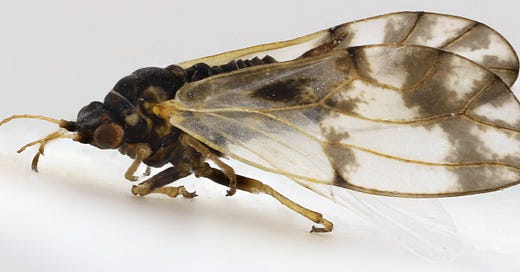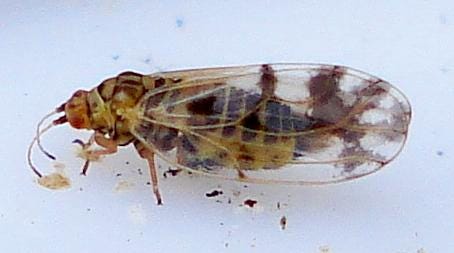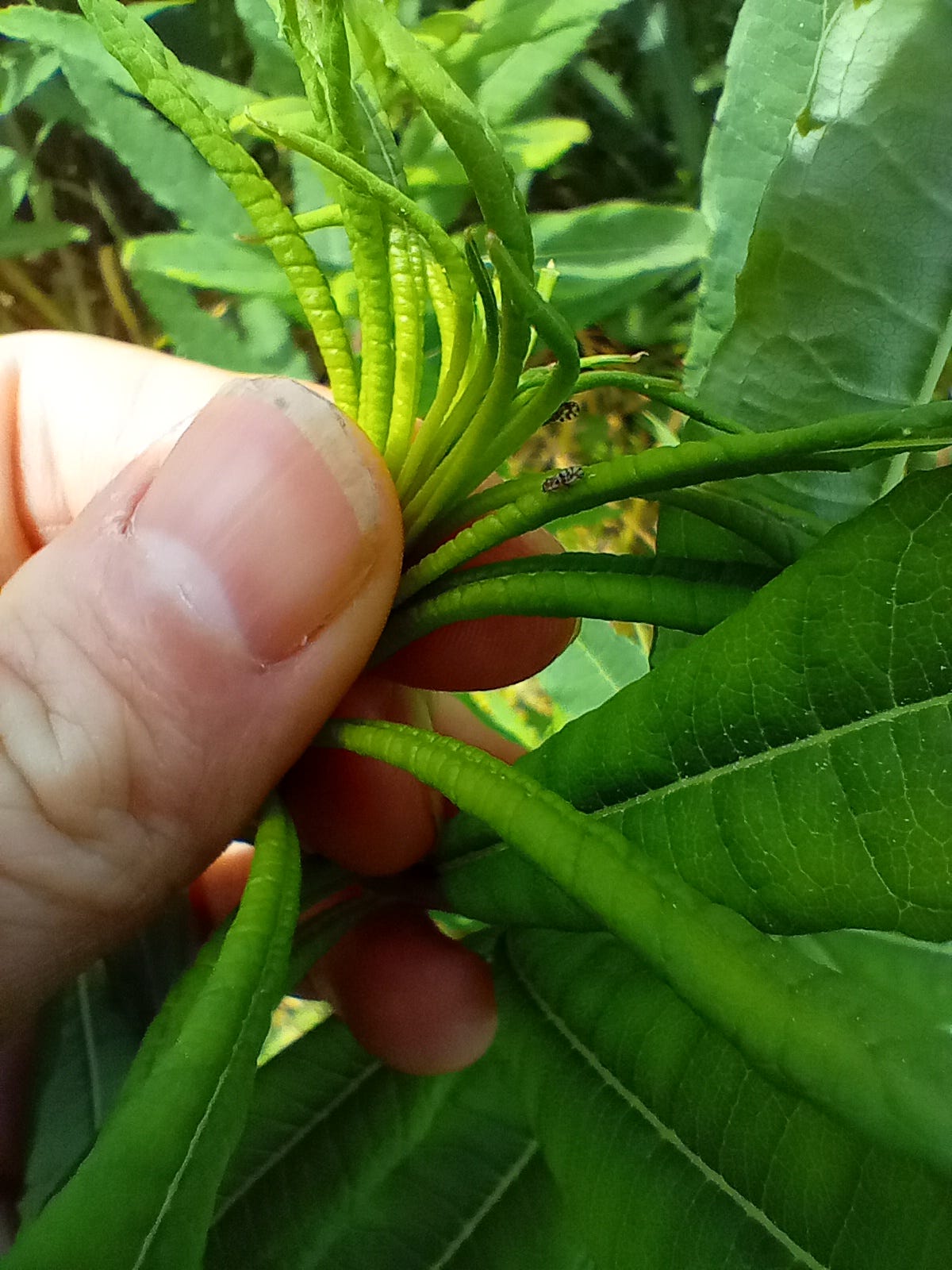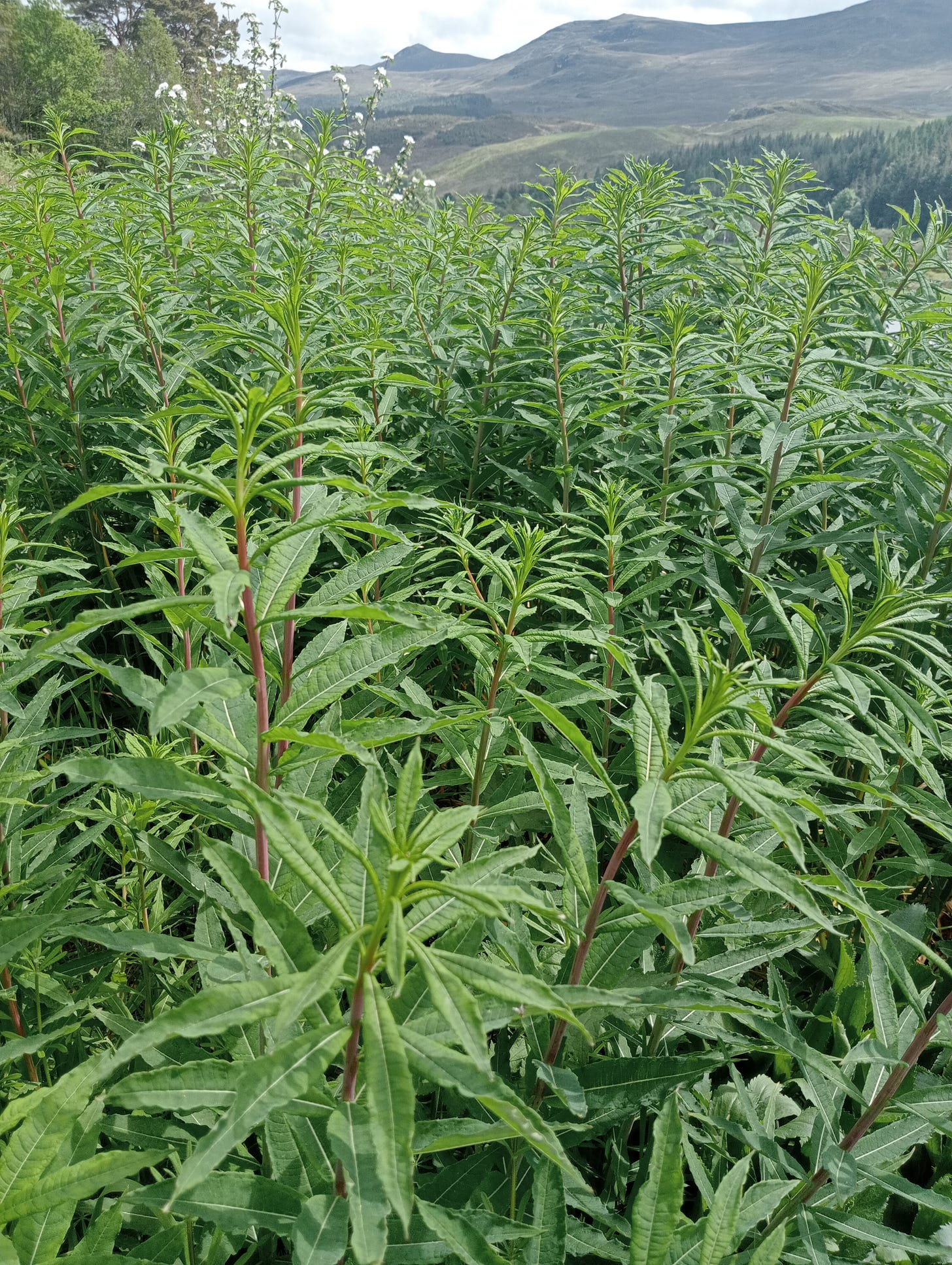Say Hello to Craspedolepta Nebulosa: A Tiny Bug with Character
Imogen looks at this quiet and largly hidden Highland resident
The world of tiny insects is a veritable universe in miniature, teeming with species that escape the casual observer's notice. Among these diminutive creatures, is Craspedolepta nebulosa. This small psyllid creature stands out—not just for its distinct characteristics - but also because of its unique ecological niche.
Identification and Characteristics
Found inhabiting its host plant the rose-bay willow-herb (Chamerion angustifolium), the craspedolepta nebulosa belongs to the family Aphalaridae and measures approximately 3-4mm in length.
The most striking feature is the dark markings on its wings, which distinguish it from the other psyllid that occupies the rosebay (craspedolepta subpunctata pictured below which has a green body).
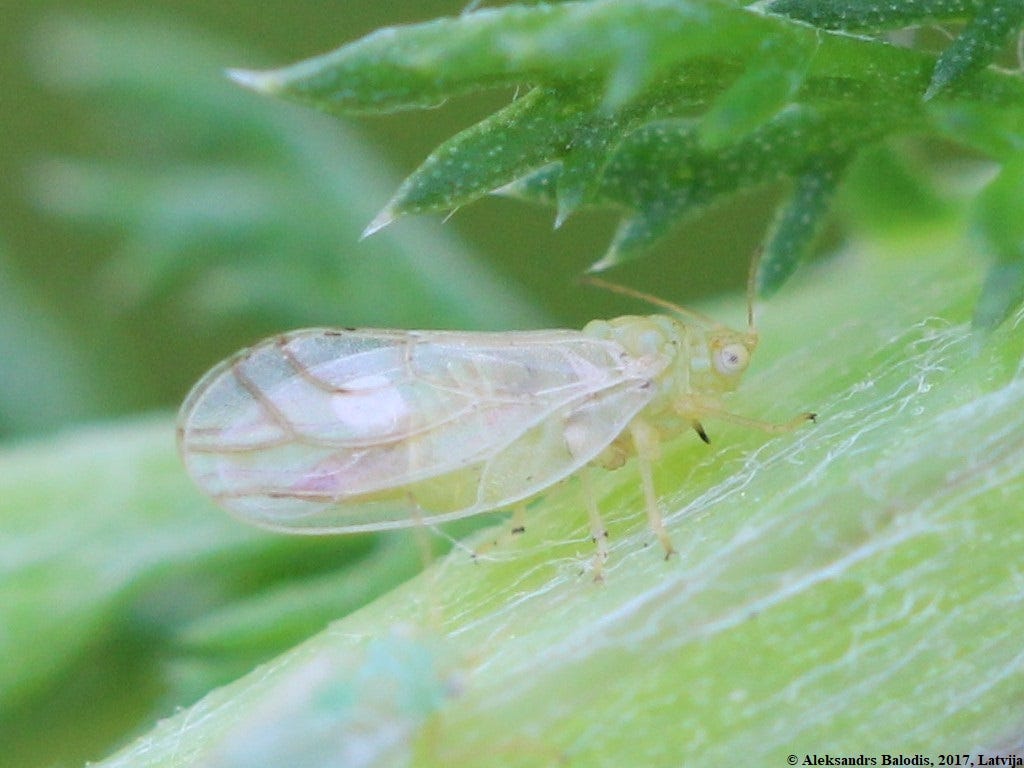
While other species may have dark markings, none have this specific pattern of irregular patches along the veins in the outermost part of the wing. This wing pattern, which some argue looks like a star, not only aids in the identification of this species but also adds a bit of aesthetic value for avid bug seekers!
For those keen to observe these creatures for themselves, June is the prime time for sightings. Before the blossoms of rose-bay willow-herb unfurl their vibrant pink colours, the young tops of these plants play host to Craspedolepta nebulosa. I even managed to get a new sighting record for the area in my own garden this morning!
Observers can spot these bugs with the naked eye, although a magnifying lens offers a closer look at the exquisite wing patterns that set them apart from their kin.
Distribution range
Globally Craspedolepta nebulosa has shown an ability to inhabit higher latitudes and elevations than its fellow rosebay resident the green C. subpunctata. Neither species fully matches the extensive geographical spread of their host plant, according to research by Hodkinson & Bird.
However, the C. Nebulosa bug's ability to establish itself in diverse areas speaks to its surprising resilience and adaptability, despite its small and fragile appearance. Notably, Craspedolepta nebulosa has been observed at altitudes reaching up to 400 meters on Ben Wyvis, showcasing its capacity to flourish under varied climatic conditions, provided its host plant is available.
Life Cycle starts a new this month
In June, a fascinating reproductive process unfolds as the female Craspedolepta nebulosa meticulously lays a row of eggs along the midrib on the underside of a very young leaf. As the leaf grows, this row of eggs is gradually shifted outwards, and in an intriguing twist of nature, the leaf margin begins to curl over, providing a protective cover for the eggs and the emerging young larvae. In some cases, when eggs are deposited on the upper side of the leaf, the margin curls upwards instead. This early phase of life is short-lived, however, even before undergoing their first moult, the larvae abandon their leafy cradle. They drop to the ground and transition to a subterranean lifestyle, feeding on the roots which respond by proliferating and eventually forming a globular mass around the feeding larvae.
After hibernation the larvae emerge and climb up the plant again in the spring to establish themselves until adulthood. This dual habitat lifecycle—from leaf to root—showcases the complex interplay between the insect and its host plant.
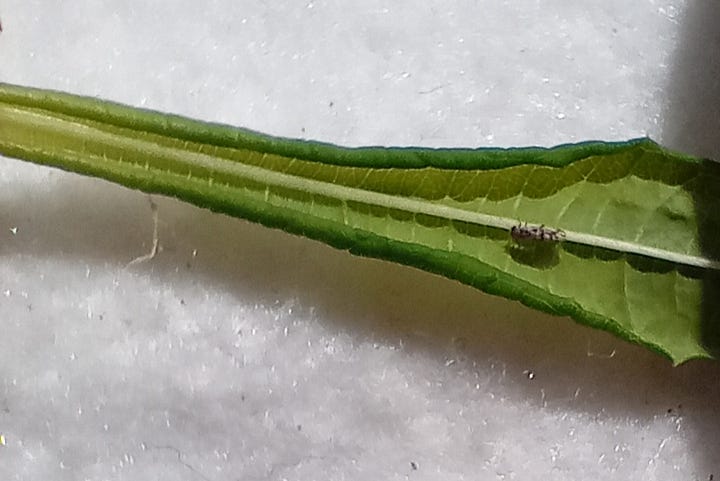
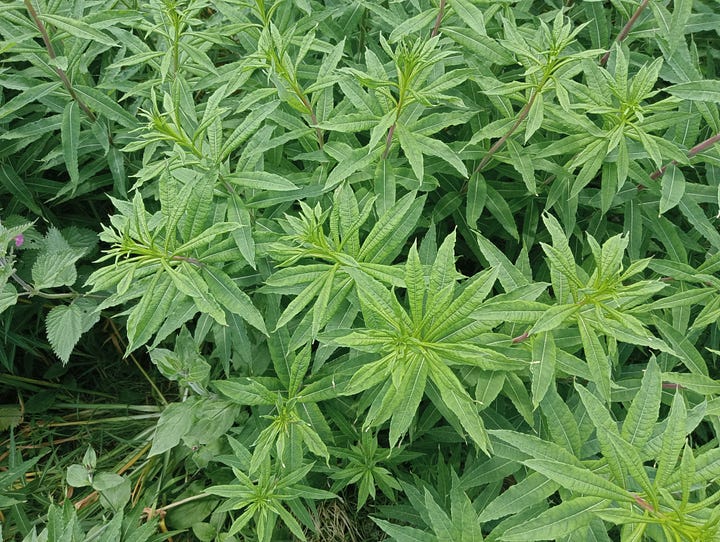
Highlands Biological Records
The local recording and mapping of Craspedolepta nebulosa's locations generally fall to the dedication and curiosity of field naturalists. Previously unnoticed in the Highlands, it gained attention after a keen naturalist spotted it on the Isle of Skye in 2017. This discovery led to further exploration across the region, revealing its presence from the eastern Highlands to NW Sutherland and even as far as Stornoway.
The mapping of Craspedolepta nebulosa and other bugs within various databases has provide valuable data for understanding spread of species and potential impacts on local ecosystems. This is a good bug for budding citizen scientists to go and seek out.
Data of this kind is not only vital for entomologists and ecologists but also for conservationists looking to preserve the delicate balance of native insect populations.
So if you do spot one of these tiny psyllids please do notify the Highland Biological Recording Group preferably with a photo, and grid reference.
Craspedolepta nebulosa, though small, like other bugs play their role in the ecosystem. For the enthusiastic amateur naturalist, these creatures represent a fascinating study in adaptation and survival. As we continue to explore and understand the myriad species that inhabit our local area and the planet, it is crucial to appreciate and learn from even the smallest among them, for they often hold the secrets to ecological balance.
And as for the rosebay - give it some space - it’s more than a weed - its a home!
Imogen Furlong, the High Life Highland Countryside Ranger Manager, is known for her enthusiasm, organisation, and drive. Her deep passion for the Scottish Highlands' wildlife and extensive experience in outdoor education and recreation management have been central to this role. Imogen is a practical and collaborative project manager, empowering her teams to work effectively in communities and contribute to local conservation efforts.
The High Life Highland Service work in partnership with The Highland Biological Recording to promote the recording of sightings in Highland of a wide range of insects, plants and animals.


